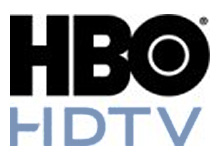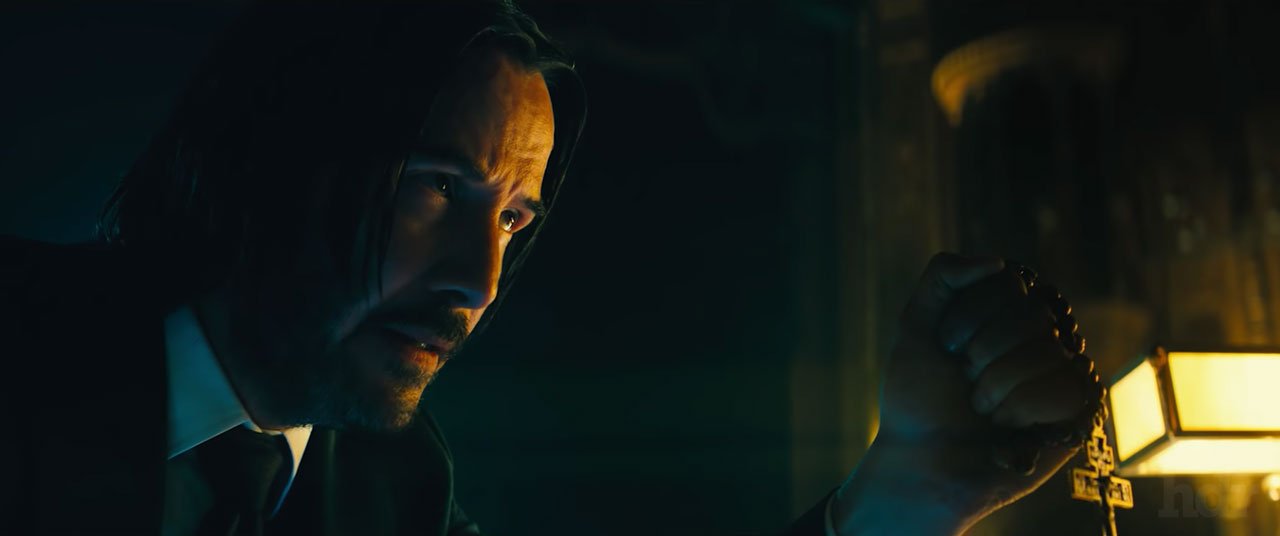Maybe you’ve heard that HBO is going high definition in a big way. By the second quarter of 2008, the pay TV giant expects to deliver all 26 channels of HBO and Cinemax in HD. But did you know that the technology the company is using will favor, at least initially, satellite TV systems and viewers?
 |
Cable TV executives attending the Society of Cable Telecommunications Engineering conference got this wakeup call last week when HBO chief technology officer Robert Zitter announced that the company will deliver its full HD suite using MPEG-4 signal compression technology, rather than the less efficient MPEG-2 codec used up to now for HD and also standard definition digital channels.
Only a tiny fraction of today’s 34 million digital cable subscribers have set top boxes that are capable of tuning MPEG-4 .
But that more efficient signal coding format has already been embraced by DirecTV and Dish Network as the wave of the future. Both the high def receiver (H20) and the combo receiver/DVR (HR20) which DirecTV has been promoting heavily in the last year decode MPEG-4 as well as MPEG-2 signals. The company now delivers the majority of its HD content – including all local-into-local channels (except for the New York and Los Angeles markets) – in MPEG-4. Moreover, the DirecTV satellite 10 now set for July launch will exclusively beam signals in MPEG-4, to help the service achieve a promised 100 HD channel lineup by year’s end. Among the channels will be the first 11 of the just-announced HBO HD services.
What’s the big deal with MPEG-4? In a given amount of frequency bandwidth, a signal processing plant can push through two to three times the number of HD stations in MPEG-4 as can be beamed in MPEG-2, the old standard for digital cable and satellite, DVD as well as broadcast HD. And picture quality looks just as good, if not better with this newer signal processing scheme.
(While the first high def Blu-Ray discs used MPEG-2 encoding, increasing numbers of Blu-Ray titles and all HD-DVD discs are being mastered in a variation of MPEG-4 called H.264/ AVC, or in a rival, and equally efficient Microsoft developed codec called VC-1.)
Dish Network’s current HD-PVR/tuner combo box (VIP-622) and newest HD-ready VIP-222 and VIP-211 receivers also boast MPEG-4 tuning capacity. This satellite service provider is likewise using the format to deliver local HD channels as well as the newer additions to its now 31-channel national HD lineup, and also will use MPEG-4 exclusively in near-future satellite launches.
Playing Catch Up: Until its huge base of customers gets transitioned to MPEG-2/MPEG-4 compatible boxes, cable systems will need to transcode HBO ‘s (and probably other content suppliers’ ) new MPEG-4 signals into the MPEG-2 format. “If I had a choice, I would have had (HBO) simulcast in MPEG-2 and MPEG-4,” said cable conference attendee Marwan Fawaz, Charter Communications’ chief technology officer. “But I totally understand the need to be more bandwidth efficient. “
Transcoding is nothing new. All broadcast HD is delivered in the more data intensive MPEG-2 format . So DirecTV and Dish head end systems first must downsize those signals to MPEG-4 before re-transmission. Fine tuning this process has not been without some hiccups – seen in the early months of MPEG-4 signal deployment by DirecTV in momentary picture blackouts, mosaic blurring and green screen distortion, loss of picture/sound synchronization and gotta-reboot lockups that left early adopters of the new boxes fuming mad. (Dish has had a smoother transition.)
So just imagine the mess the cable guys are now anticipating with MPEG-2 to MPEG-4 transcoding. Converting from essentially a smaller to a larger data stream will surely require more processing power and signal interpolation. Thus, there’s a bigger chance for transmission errors and picture/sound screw-ups. And it’s quite possible this data transcoding process will lower overall picture quality – lending fuel to DirecTV’s recent court challenge against Comcast over “superior HD picture quality” bragging rights.
Oh, and resolving this transcoding issue will just add a whopping headache to the upset stomach which cable engineers are already feeling, under pressure from the front office to increase HD channel capacity as fast as possible. And that so they can head off customer migration to DirecTV, which also is promising a bump up to 150 national HD channels sometime in 2008.
Another speaker at the cable tech conference, Cox president Pat Esser, detailed multiple steps that his company is undertaking to enable delivery of 50 HD channels by year’s end. Among the moves – relocating channels from the (inefficent) analog to a digital tier, performing statistical multiplexing of HD signals (which adjusts the bandwidth of individual channels on a second-by-second basis, depending on each channel’s data need) , and tweaking cable’s core QAM (quadrature amplitude modulation) signal delivery scheme. And like Comcast, Time-Warner and Cablevision, Cox will start to deploy switched digital video technology. That essentially sends just one channel at a time to a subscriber’s box, instead of a couple hundred. Cable companies’ new promises to provide customers with 400 to 500 HD “choices” – at least half video-on-demand programs rather than true channels – are all dependent on switched digital. This upgrade ain’t gonna happen overnight. But the heat is definitely on.
HBO was the first national cable network to deliver an HD channel, way back in 1999. Of late, said Zitter, “we’ve been impressed with the penetration of HD sets and we know people who have HD sets prefer to watch TV in HD. So in terms of serving the consumer, it’s quite clear you need to be an HD network.”
Other program suppliers now feel the same – that if they don’t make the transition fast, they’ll soon be toast. Starz Encore recently announced September launch plans for three more HD channels – Starz Edge, Starz Comedy and Starz Kids & Family, to supplement current Starz’ East and West Coast HD feeds.
Discovery Communications chief executive officer David Zaslav said last week that Discovery will introduce four more networks in HD by September 30 – simulcasts of Discovery Channel (different from DiscoveryHD), TLC, Animal Planet and The Science Channel , plus at least two more next year.
Assuming the successful launch of its new satellite, all these offerings will become part of the greatly expanded DirecTV HD package in the third quarter of this year, along with those aforementioned 11 HBO channels. – with no additional charge to HD tier subscribers. Additionally, DirecTV has signed agreements or agreements in principle to launch HD versions of A&E, ABC Family, Big Ten Network, Bravo, Cartoon Network, Chiller, CNBC, CNN, Disney Channel, ESPNEWS HD, Food Network, The History Channel, Home & Garden Television, The Movie Channel, NFL Network, Sci-Fi Channel, Showtime West, Speed Channel , The Tennis Channel, Toon Disney, USA Network, Versus HD and The Weather Channel.
Source: AllthingsHiDef.com












